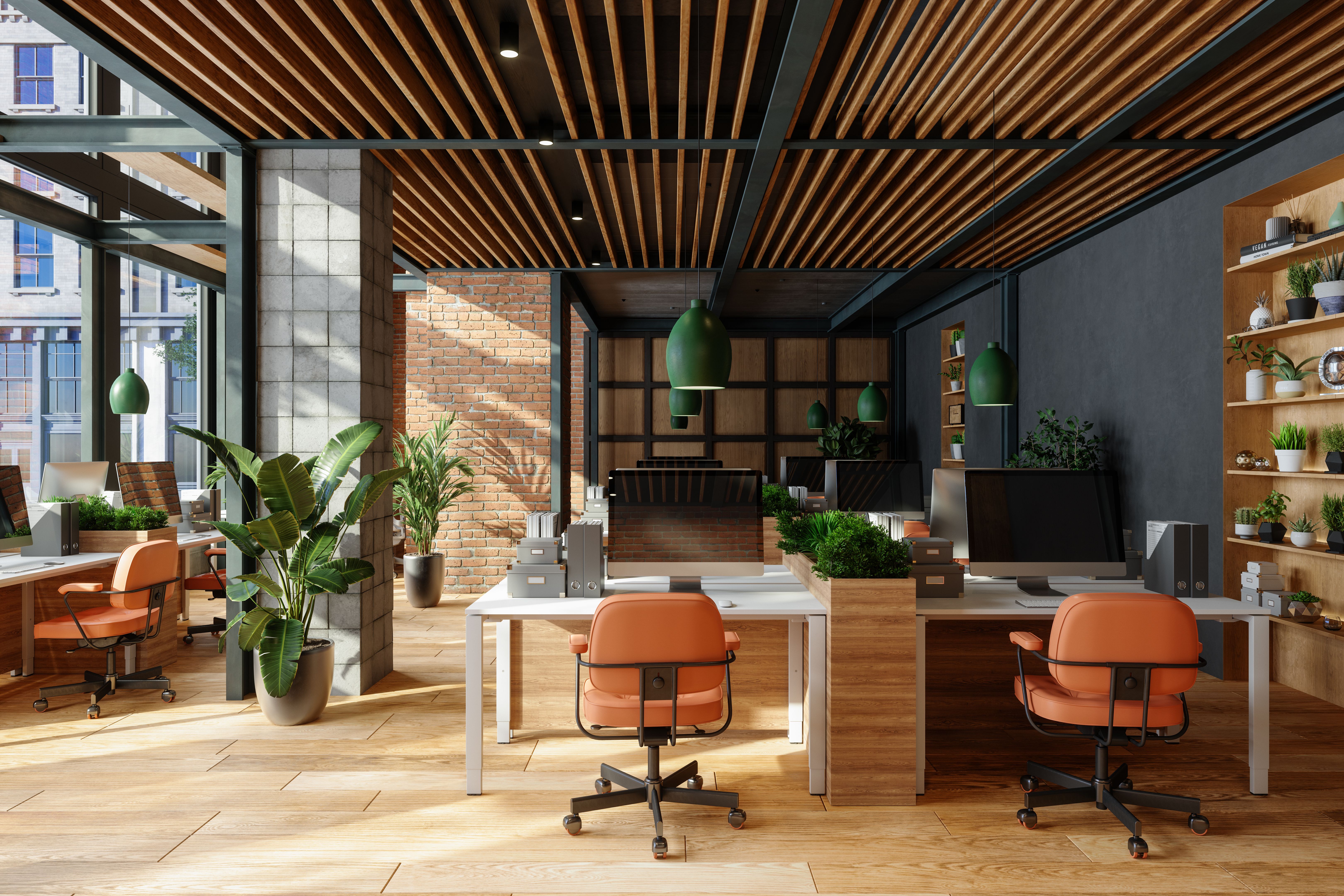The Impact of Office Design on Stress and Productivity
The Role of Office Design in Enhancing Productivity
Stress isn’t just something that happens when the workload piles up or the deadlines loom. It’s a constant companion, creeping in from the things you can’t see—like the lighting, the noise, the chair you sit in for hours. We often talk about stress in terms of tasks, but the real culprit might just be the space around you.
The office is more than just four walls and desks. It’s a living, breathing part of the workday, affecting everything from how you feel to how much you get done. Office design matters. It’s not just about aesthetics—it’s about how the design shapes stress, mood, and productivity.

The Link Between Office Design and Stress
You’ve probably felt it—working in an uncomfortable chair, struggling under harsh, flickering lights, listening to the constant hum of conversations or phones ringing in the background. These aren’t just minor annoyances. They’re the things that feed into stress.
Research shows that the way your office is designed can have a big impact on your mental health. The EPA did a study on office environments and found that things like poor air quality, bad lighting, and cramped spaces can lead to anxiety and fatigue. It’s not just about making things look nice; it’s about creating an environment that doesn’t add to the stress.

Ergonomics and Stress Reduction
It’s hard to focus when you’re uncomfortable. That’s where ergonomics comes in. The way your workspace is set up can either make your body feel relaxed or turn it into a source of tension. Poor posture, uncomfortable seating, and improper desk height can lead to muscle pain, eye strain, and headaches—all things that pile on the stress.
The National Institute for Occupational Safety and Health (NIOSH) has shown that the physical discomfort caused by poor ergonomics can lead to mental exhaustion and stress. The good news is, it’s fixable. A properly set-up desk, ergonomic chairs, and even standing desks can make a huge difference. These small changes take the physical strain off your body, which helps your mind stay clearer, more focused, and less stressed.

The Light and Stress
The lighting in your office doesn’t just make things visible—it can also make or break your mood. Studies have shown that natural light has a calming effect, regulating your circadian rhythms and improving your overall well-being. When you get that natural light, you feel better, more awake, and less stressed.
On the flip side, harsh or dim artificial lighting can have the opposite effect, causing headaches, eye strain, and irritability. In fact, a study in Applied Ergonomics found that poor lighting contributed to more mental fatigue and a higher risk of burnout. So, the next time you’re choosing an office space, think about where the light comes from. Natural light is better. If that’s not possible, adjustable lighting that mimics daylight can work wonders.
Noise and Stress
Noise might seem like a minor inconvenience, but it’s one of the biggest stressors in the workplace. Constant background noise can wear you down, making it harder to focus and increasing your stress. A study from the Journal of Applied Psychology found that noise overload makes it harder to think clearly and can lead to mental fatigue.
That’s why open-plan offices, with all their distractions, can often feel overwhelming. But there are solutions—acoustic panels, private spaces, noise-canceling headphones, or even simple soundproofing can help keep stress at bay by giving people the quiet they need to focus.

Zoning: Creating Separate Spaces for Different Needs
One way to reduce stress in the office is through zoning. This involves creating distinct areas within the office, each designed to serve a specific purpose. Zoning helps employees find the right space to focus, collaborate, or take a break.
For example, you might have:
Quiet Zones: Areas with minimal noise, perfect for tasks that require deep focus or concentration. These spaces help reduce mental overload by giving workers a peaceful retreat from distractions.
Collaboration Zones: Spaces designed for teamwork and discussions. These areas encourage communication without overwhelming employees who need quiet.
Wellness Zones: Designated spots for taking a break, stretching, or even enjoying a quick massage. These can help employees recharge and manage stress before diving back into their work.
By giving employees access to different types of spaces, zoning allows them to choose the environment best suited to their tasks and moods, ultimately reducing stress and boosting productivity.
By creating spaces that are comfortable, quiet, and well-lit, and incorporating zoning to cater to different needs, you can reduce stress and improve productivity.
